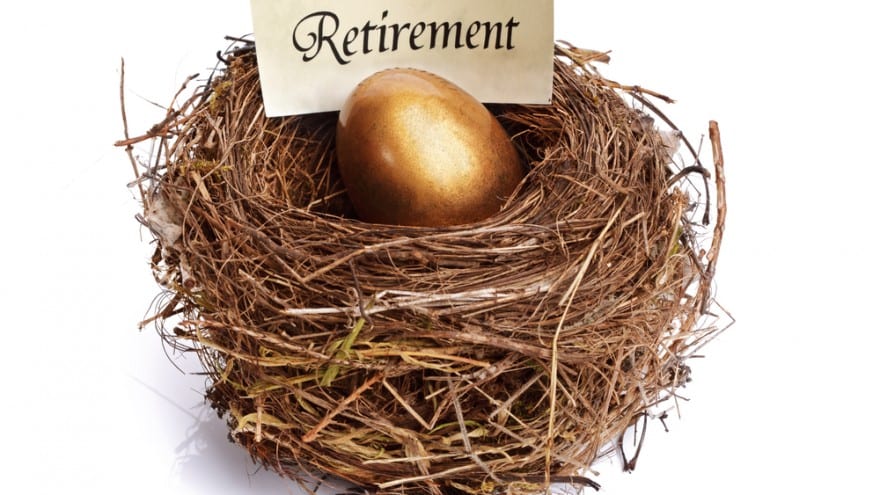How to Preserve Retirement Capital

The greatest fear about retirement is running out of money. There are three risks that could cause one to run out of money. Investments could earn less than estimated; the retiree might live much longer than anticipated; and spending could be greater than estimated, because of either inflation or higher consumption.
In last month’s visit, we discussed different spending strategies to help a portfolio last. This month, we will look at portfolio strategies that can be linked with the spending strategies to further increase the portfolio’s life and might even allow higher spending in retirement than the traditional approaches.
The traditional retirement portfolio is mostly stocks and bonds, with an overweight to bonds and other income investments. More recently in at least the early years of retirement the portfolio has been overweighted to stocks, because the portfolio has to last 20 years or longer. It needs to grow to maintain its purchasing power in the face of inflation. The traditional portfolio is highly dependent on the performance of the major stock and bond indexes and is subject to long-term bear markets in stocks and bonds. Those bear markets are why the “safe withdrawal rate” for traditional portfolios is just above 4% of the value the first year with an addition for inflation after that.
There are other portfolio strategies that work better for the 21st century retiree.
One strategy we have recommended for some time and that has been adopted by others is the emergency fund or cash reserve fund.
Set aside a portion of your portfolio equal to one to three years of estimated spending. You choose the amount. Invest this part of the portfolio in super-safe assets such as money market funds and certificates of deposit. The rest of the retirement assets are invested for the long term.
Interest, dividends, and sales of shares from the main portfolio are used to pay for living expenses when the portfolio is rising or stable. But when a bear market knocks down the value of the portfolio, there is no need to sell assets at depressed prices. Instead, use the safety fund to pay for expenses. After the markets recover, profits from the main portfolio can be used to replenish the safety fund and again to pay for expenses.
The size of the safety fund depends on how bad a bear market the retiree wants to defend against and on the value of the total portfolio. Since the safety fund will earn lower returns long term than a traditional portfolio, this approach can reduce the long-term returns of the total portfolio but it also allows the retiree to take a bit more risk in the rest of the portfolio.
Not everyone has a large enough retirement fund to set aside several years of expenses in a low-yielding safety fund. An option for them is to put part of the retirement portfolio in immediate annuities paying a fixed amount for life.
Studies show that, on paper at least, immediate annuities extend the life of a retirement portfolio and decrease the risk of outliving one’s assets. I discussed this in detail in my book, The New Rules of Retirement.
A problem with immediate annuities is that interest rates now are low, and the annuities are offering low payout rates. If rates rise, annuities will offer higher payouts. In addition, the payout is fixed and not indexed for inflation. Yet, research, especially new research by Ibbotson Associates, indicates that by one’s early seventies putting part of the portfolio in immediate annuities extends the life of the portfolio.
Non-traditional strategies for the main portfolio also should be used, even if the safety fund or immediate annuities are not used.
Retirees need to move away from the traditional stock and bond portfolio. The retirement portfolio should have assets that earn equity-like returns over the long term but that are not tied closely to the returns of the major stock and bond indexes. That move takes away some of the benefits of a long stock bull market but also diminishes the drawbacks of a long stock bear market.
Pension funds are starting to do this by adding commodities, timber, and other investments to their portfolios. We offer several ways to achieve this result in our portfolios.
The Core Portfolios use value managers who reduce the effects of bear markets in their assigned asset classes by avoiding the riskiest investments and investing with a margin of safety. Core Portfolios also include international stocks and real estate, which are not always included in the traditional portfolio.
In the Managed Portfolios we apply the margin of safety approach to the entire portfolio. We look for investment classes that have margins of safety and are selling at discounts. When appropriate, we own investments that we would not own in the Core Portfolios because of their long-term risks and volatility but that can generate strong returns for extended periods.
Another alternative is the portfolio of “hedge fund” mutual funds that we update about every quarter. This portfolio contains mutual funds that use the strategies of the better hedge funds. These mutual funds historically have earned high long-term returns. Even better, they have low correlations with each other and with the stock market indexes. More details are in this month’s Portfolio Watch.
The retiree should use a collection of tools to make retirement assets last. The initial spending rate should be set at a sustainable level. In addition, the retiree should be prepared to vary withdrawals and spending based on personal spending (not Consumer Price Inflation) and market fluctuations. A portfolio that is more diversified than traditional portfolios and that adjusts its allocation based on extreme market valuations will avoid the worst effects of sustained bear markets in stocks. By considering the entire toolbox and using those tools that are appropriate for him or her, the retiree greatly increases the likelihood that the portfolio will last through retirement.
![]()





